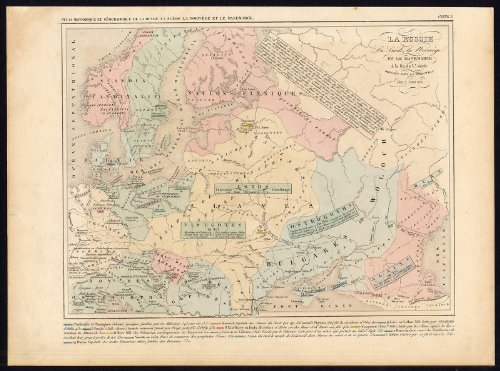The barbarians who brought down the Roman Empire were a multifarious assortment of peoples and cultures spread across several hundred years. Their motives and methods were diverse, but they shared a jealousy and a hunger for the wealth and abundance of the Empire.
E.A. Thompson's essays in "Romans and Barbarians: The Decline of the Western Empire" reconstruct the fall of the empire from the perspective of the invading Goths, Sueves, Huns, Vandals, Rugians, Saxons, Franks and others. These "barbarians" were not mere destroyers, Thompson argues, but partners in a complex period of great change and upheaval.
“Leaving aside the Celts in the far west and the Slavs in the remote east, the barbarians were divided into two sharply contrasting groups. In central Europe lived the sedentary, agricultural peoples, nearly all of them speaking Germanic languages or dialects. To this group belonged the Ostrogoths, the Visigoths, Vandals, Sueves, Rugians, Franks, Saxons, and many others. And in the steppe lands of southeastern Europe lived the pastoral nomads, who were not Germanic and who knew little or nothing of agriculture: they lived for the most part off their flocks and herds, though they also traded with the settled peoples at the edge of the steppe. To this second group belonged the Alans and the Huns.”
Lacking written records, "it is difficult not to see them as the Romans saw them; and the Romans had no wish to enter into their minds and to understand their outlook," Thompson explains. "Their attitudes towards the outside world, towards natural phenomena and the gods, towards society and their fellow men, their hopes and ambitions, what they laughed at, and how they loved and prayed, cannot now be known, or at best are matters of little more than guesswork."
Thompson comes as close as anyone has to comprehending who and what the barbarians were, and explaining them in their historical context.
Romans and Barbarians: The Decline of the Western Empire by E.A. Thompson

